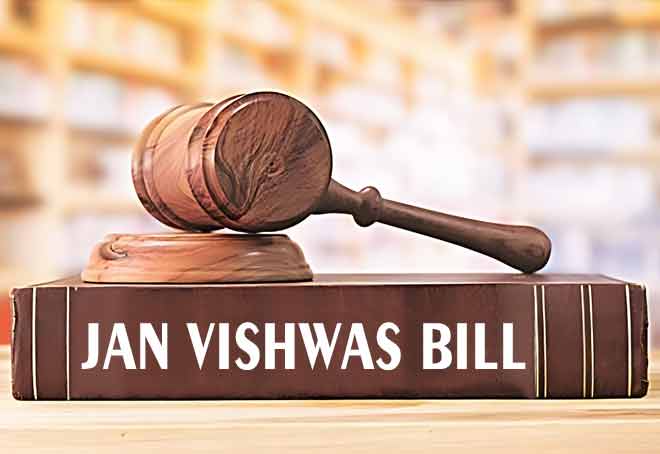Font size:
Print
Centre to Revamp CPSE Guidelines
Classification Aimed at Enhancing Quality and Efficiency
Context: In a significant policy shift aimed at enhancing efficiency and accountability, the Indian government is preparing to revise the guidelines for classification and performance assessment of Central Public Sector Enterprises (CPSEs).
More on News
- A senior government official confirmed that the new framework may introduce provisions to downgrade CPSEs based on underperformance, a move that would mark a first in India’s public sector governance model.
Current Classification
- Currently, CPSEs are classified into four major categories — Maharatna, Navratna, Mini Ratna Category I, and Mini Ratna Category II — based on various financial and operational parameters.
- The proposed changes will focus on strengthening performance-driven governance, incentivizing efficiency, and ensuring higher accountability among public sector undertakings.
Revised Classification
- According to the official, “The revised CPSE framework is being designed to improve quality, governance, and financial discipline.
- It is likely to include a provision to downgrade CPSE status if performance deteriorates, unlike the current system which only allows for elevation based on merit.”
- This initiative comes on the back of a record-breaking dividend payout from CPSEs.
- In FY 2024-25, CPSEs paid a historic ₹74,016 crore to the central government. Leading contributors included:
- Coal India Ltd – ₹10,252 crore
- ONGC – ₹10,001 crore
- Indian Oil Corporation – ₹5,090 crore
- Power Grid Corporation of India – ₹4,824 crore
- NTPC Ltd – ₹4,088 crore
- This represents a consistent upward trend over the years, with dividend receipts of ₹63,749 crore in FY24, ₹59,533 crore in FY23, ₹59,294 crore in FY22, and ₹39,750 crore in FY21.
CPSE Status Upgrades on the Rise
- In recent years, the government has also upgraded several enterprises to higher classifications.
- In 2024, Union Finance Minister Nirmala Sitharaman approved the elevation of:
- RailTel Corporation of India
- Solar Energy Corporation of India (SECI)
- Satluj Jal Vidyut Nigam (SJVN)
- National Hydroelectric Power Corporation (NHPC)
- All of these CPSEs were granted Navratna status, reflecting their strong financial performance.
- Additionally, IRCTC and Indian Railway Finance Corporation (IRFC) were upgraded from Miniratna to Navratna status last month.
What It Takes to Be a Maharatna or Navratna CPSE
- To attain Maharatna status, a CPSE must:
- Be listed on a recognised Indian stock exchange
- Have a minimum public shareholding of 25% (per SEBI norms)
- Report an average annual turnover of over ₹25,000 crore
- Maintain a net worth above ₹15,000 crore
- Earn an average net profit after tax of ₹5,000 crore over the last three years
- Demonstrate a strong global presence or significant international operations
- The Maharatna scheme, launched in 2010, aims to empower India’s top-performing CPSEs to compete globally by granting them greater financial autonomy and strategic freedom.
- On the other hand, the Navratna scheme, introduced in 1997, recognises CPSEs that:
- Score an “Excellent” or “Very Good” MoU rating in at least three of the last five years
- Secure a composite score of 60 or above across six financial metrics such as profitability ratios, earnings per share, and operational efficiency


